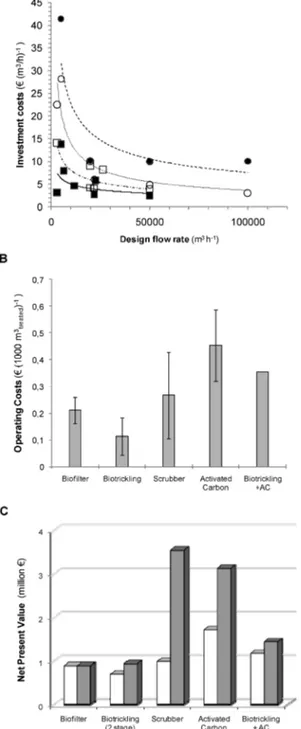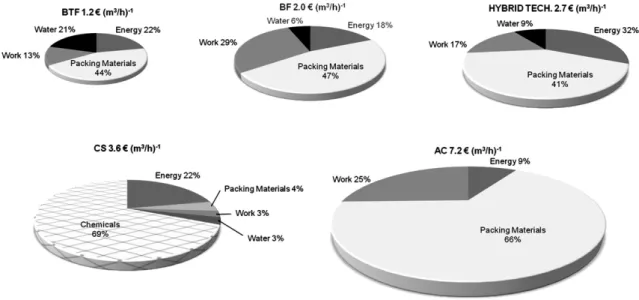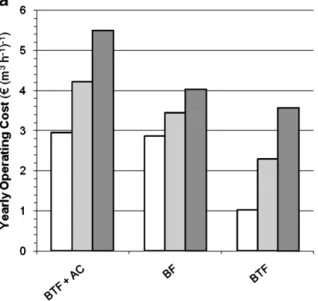Biotechnologies for air pollution control: overcoming design and operational limitations
Texto completo
Figure
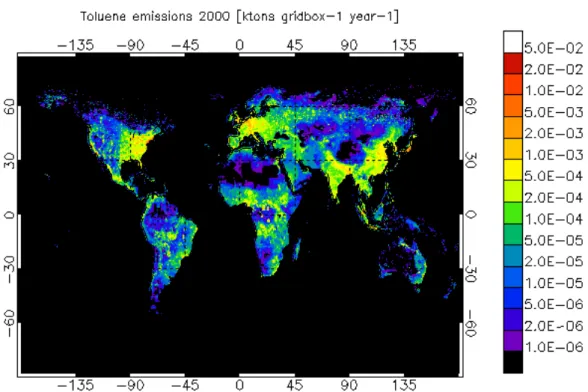
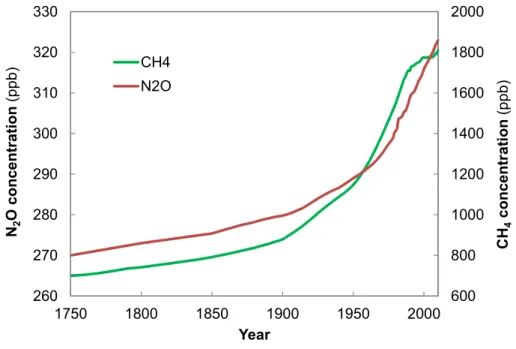
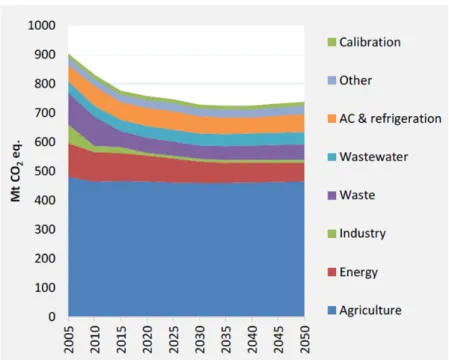
![Figure 1.8 Schematic design of a biotrickling filter (Adapted from Estrada et al. 2012 [48].) Air InletAir Outlet Liquid Recycling NutrientsTankInoculatedInorganic MediaColumn Waste Sludge Make Up Water / Nutrients SolutionPump](https://thumb-us.123doks.com/thumbv2/123dok_es/6035682.171505/46.892.211.674.119.568/schematic-biotrickling-inletair-recycling-nutrientstankinoculatedinorganic-mediacolumn-nutrients-solutionpump.webp)
Documento similar
The Research Centre for Robotics and Underwater Technologies (CIRTESU) of the Universitat Jaume I was established to meet the need to boost R&D&I in the Valencian
In the previous chapters, APR was proposed as a potential route for valorisation and treatment of brewery wastewater, and although good results in terms of removal of organic
Expósito, In situ chemical oxidation of carbamazepine solutions using persulfate simultaneously activated by heat energy, UV light, Fe 2+ ions, and H 2 O 2 ,
Once analysed the possible use of dried sewage sludge from wastewater treatment plant in Prague, Czech Republic, in cement-based composites mix design, we can conclude that
While this is not a general case and the picture could be diferent when simulating other scenarios, two aspects should be high- lighted: (1) despite of the constraints imposed
Effectiveness of Day Hospital Mentalization-Based Treatment for Patients with Severe Borderline Personality Disorder: A Matched Control Study.. Treatment of Borderline
N , The Road from Moorihedabad to Jellinghy—and the Ganges, Dacca, and Tiperah Rivers, E.. Aracan
Lab session 2: Use of software tools for the simulation and design of wastewater treatment facilities.. Lab session 3: Use of software tools for the simulation and design of
